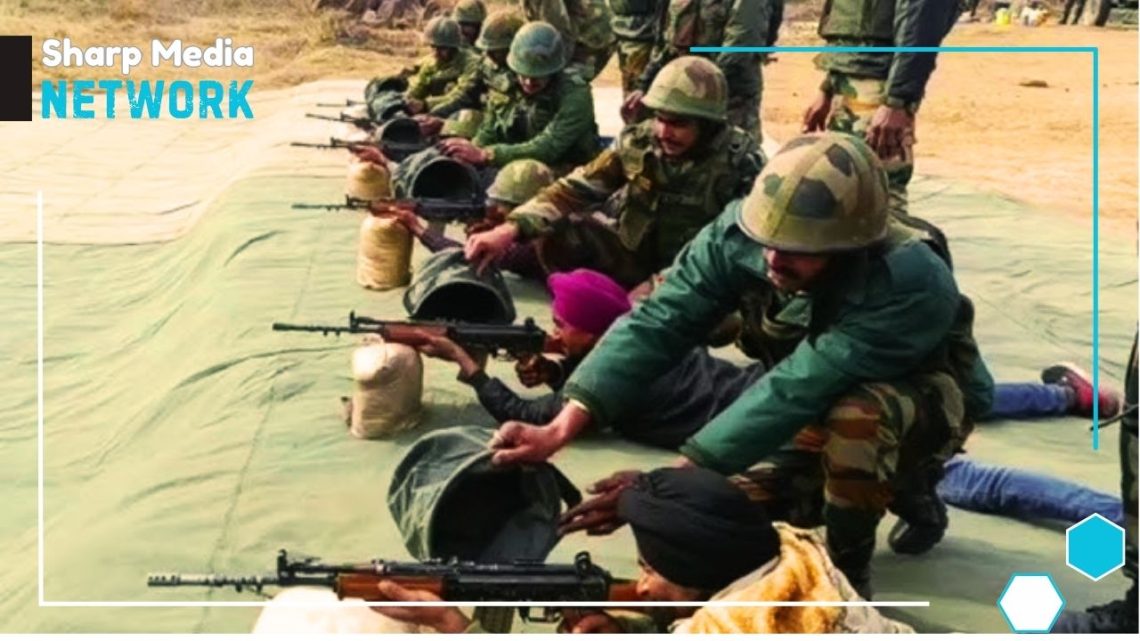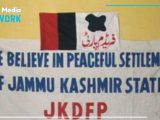
India’s Training of VDGs Sparks Fears of Escalating Violence in IIOJK
January 14, 2025India’s intensification of training for Village Defence Guards in Jammu raises alarm over human rights abuses and fears of civilian-targeted violence, echoing past atrocities.
In a controversial move, the Indian Army has intensified its training of Village Defence Guards (VDGs) in Jammu district in Indian Illegally Occupied Jammu and Kashmir (IIOJK), furthering its militarization strategy in Indian illegally occupied Jammu and Kashmir. The initiative, aimed at curbing anti-India and pro-freedom activities, has raised significant concerns among human rights organizations and local communities.
The VDGs, primarily composed of Hindu militants, are receiving week-long training sessions organized by the Indian Army’s Chenab Brigade. These sessions, held across several remote villages in Jammu, focus on military tactics, ambushes, raids, and firing skills. While the stated objective is to enhance security, critics argue that the move is fraught with risks.
The VDGs were originally formed under the name Village Defence Committees (VDCs) in the 1990s. These groups, which were armed and trained by Indian authorities, gained notoriety for their violent actions against Muslim civilians. Reports of atrocities committed by VDCs, including extrajudicial killings and targeted attacks, have left a dark legacy that still haunts the region.
Now, with the reactivation and further militarization of these groups, there are growing fears that history may repeat itself. Human rights advocates are concerned that the lack of accountability and oversight in the training process could lead to a new wave of violence against vulnerable communities.
“Equipping civilians with military training without proper checks is a dangerous precedent,” said a local rights activist. “There’s a real risk that these armed groups will turn against local populations, especially Muslims, in the name of national security.”
Many analysts believe the move is not merely about preventing anti-India activities, but rather a calculated strategy to strengthen India’s political and military control over IIOJK. By arming local militias, India may be seeking to create an additional layer of security personnel loyal to the state, but at the cost of inflaming sectarian tensions.
The training of the VDGs comes at a time of heightened military presence in the region. IIOJK has been under a heavy security lockdown since the revocation of Article 370 in 2019, which stripped the region of its semi-autonomous status. The militarization of IIOJK, particularly in rural areas, has led to increased violence and unrest, with accusations of excessive force and rights abuses by Indian security forces.
Local residents fear that the expansion of VDGs could worsen the already volatile situation. “The VDCs were a tool of oppression in the past, and we see the same pattern emerging again,” said a resident of Jammu. “We fear the same violence, the same suffering, will return with this new force.”
The Indian government has defended the move, stating that the training of VDGs is necessary for the security of the region. Officials argue that local militia forces will help protect villages from militant attacks and prevent anti-India activities. However, the lack of a clear and transparent framework for accountability raises questions about the true intentions behind the initiative.
As tensions continue to rise, the international community is closely monitoring developments in IIOJK. Human rights groups are calling for immediate intervention to prevent further militarization and ensure the safety of civilians caught in the crossfire of India’s ongoing security operations.
India’s government argues that these actions are necessary for maintaining order, the history of VDGs and the absence of oversight only fuel concerns about the potential for increased violence and human rights violations.

